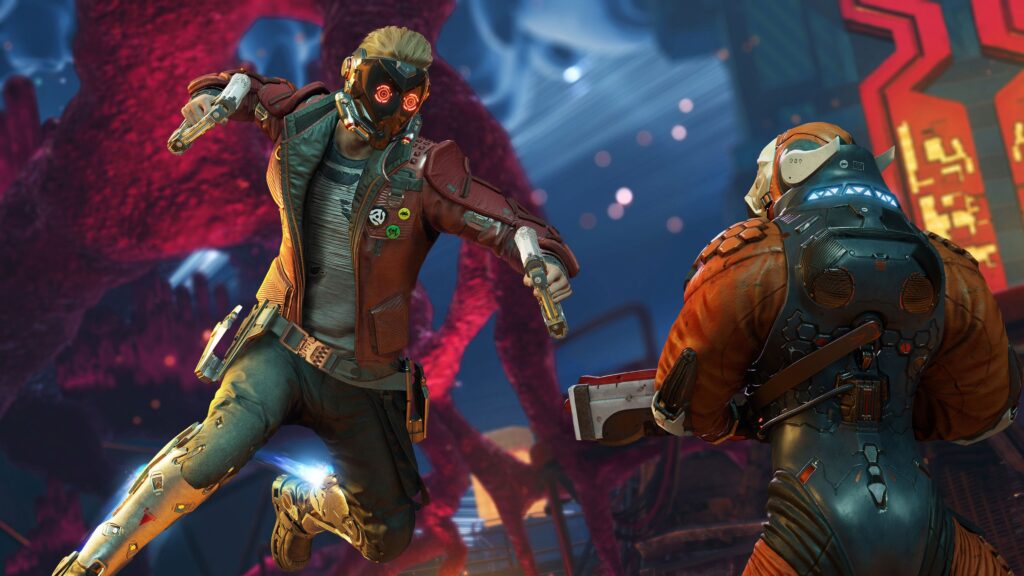Gaming soundtracks have evolved from chiptunes to epic orchestral compositions, becoming an integral part of the gaming experience. Chiptunes were used in the early arcade games of the 70s and 80s, while 16-bit consoles like the Super Nintendo and Sega Genesis produced higher quality music. The advent of CDs and DVDs saw a rise in cinematic orchestral compositions that changed depending on the game’s action. Pop music has also been used to create immersive soundtracks in games like Grand Theft Auto and Tony Hawk’s Pro Skater. Virtual reality gaming presents an opportunity for developers to create truly immersive soundscapes.
The Music of Gaming: An Overview of the Dynamic Soundtracks in Video Games
Video games offer a new level of immersion with their interactivity, stunning graphics, and thrilling gameplay. However, one of the most significant features that make gaming a unique experience is the music. Gaming soundtracks have evolved over the years, from simple chiptunes to full-blown orchestral compositions that bring the game world to life. In this article, we will explore the dynamic soundtracks in video games and how they enhance the gaming experience.
Chiptunes: The Roots of Gaming Music
The origins of gaming music can be traced back to the early days of arcade games in the 1970s and 1980s. These games used what is known as chiptunes, which were simple melodies played on the hardware of the arcade machines. These melodies were made using sound generators that produced different waveforms to create music.
Chiptunes were a significant breakthrough in video game music because they provided an audio feedback loop that enhanced the gameplay. The first popular arcade game to use chiptunes was Pac-Man, which had a simple but catchy melody that played throughout the game. Soon, other games like Space Invaders, Donkey Kong, and Tetris followed suit, creating a new genre of music that was uniquely tied to video games.
The Rise of Orchestral Compositions
As video game technology improved, so did the music that accompanied them. The 16-bit era of consoles like the Super Nintendo and Sega Genesis saw the birth of iconic soundtracks like the Super Mario World theme, the music from Chrono Trigger, and the Sonic the Hedgehog soundtrack. These soundtracks used more advanced hardware to produce higher-quality music that sounded more like songs than chiptunes.
However, it wasn’t until the advent of CDs and DVDs that gaming soundtracks truly came into their own. Games like Final Fantasy VII, Metal Gear Solid, and The Legend of Zelda: Ocarina of Time had soundtracks that were so epic and cinematic that they sounded like they belonged in an action movie.
These orchestral compositions were groundbreaking in the gaming world because they were dynamic. The music would change depending on what was happening in the game. For example, in Metal Gear Solid, the music would ramp up when the player was in a battle, creating a sense of urgency and excitement. In The Legend of Zelda: Ocarina of Time, the music would change depending on what dungeon the player was in, creating a unique atmosphere for each location.
The Future of Gaming Soundtracks
Gaming soundtracks have come a long way since the days of chiptunes. Today, games use a combination of orchestral compositions and electronic music to create soundtracks that are as diverse and fascinating as the games themselves. Some games, like Doom and Hotline Miami, use electronic music to create a high-energy, adrenaline-pumping soundtrack that matches the intensity of the gameplay. Other games, like the recent God of War, use orchestral compositions to create an emotional and epic soundtrack that enhances the game’s story-telling.
In recent years, we’ve also seen games that use licensed pop music to enhance their soundtracks. Games like Grand Theft Auto and Tony Hawk’s Pro Skater have used real-world music to create a soundtrack that is both recognizable and immersive.
As gaming technology evolves, so will the music. The rise of virtual reality gaming presents a unique opportunity for game developers to create truly immersive soundscapes. With the ability to track the player’s movements and tailor the soundtrack to their actions, virtual reality gaming could revolutionize the way we experience video game music.
Conclusion
Gaming soundtracks have come a long way since the days of chiptunes. From simple beeps and bloops to epic orchestral compositions, gaming music has evolved to become an integral part of the gaming experience. The dynamic nature of gaming soundtracks, where the music changes depending on what’s happening in the game, creates an immersive and engaging experience that is unique to video games. With the continued advancement of gaming technology, we can only imagine what the future holds for gaming soundtracks. One thing is for sure, though; they will continue to enhance our gaming experience and make it even more unforgettable.
